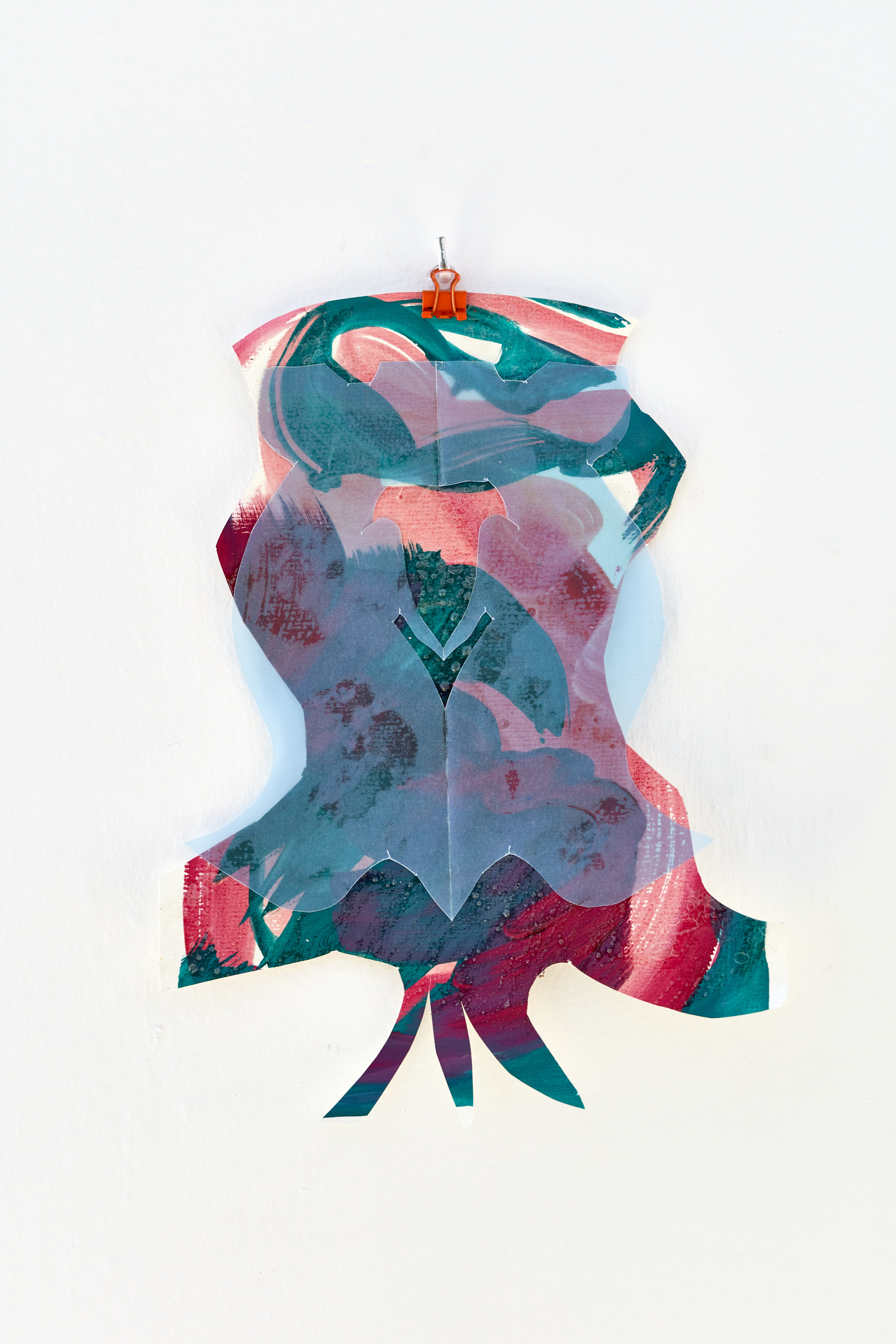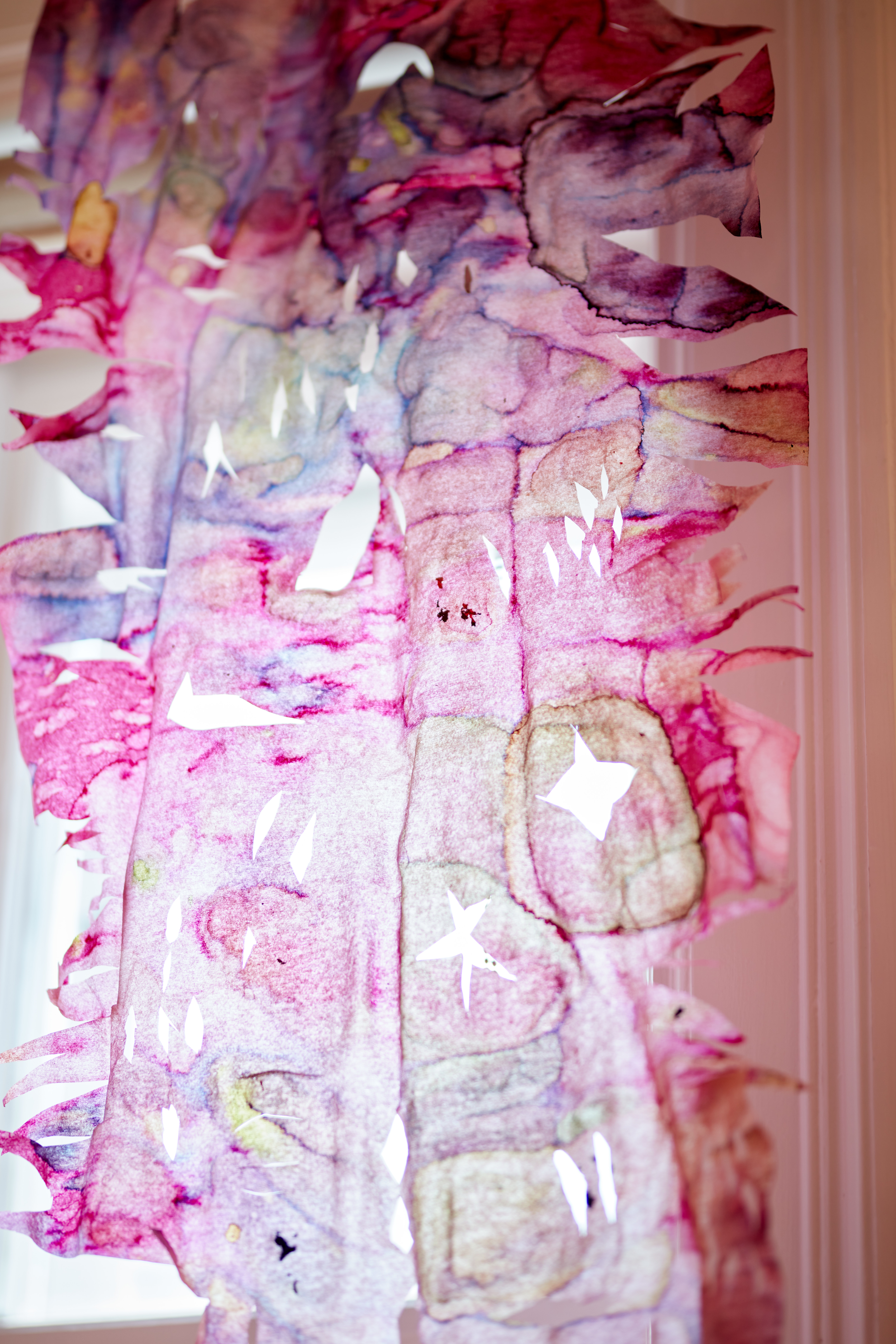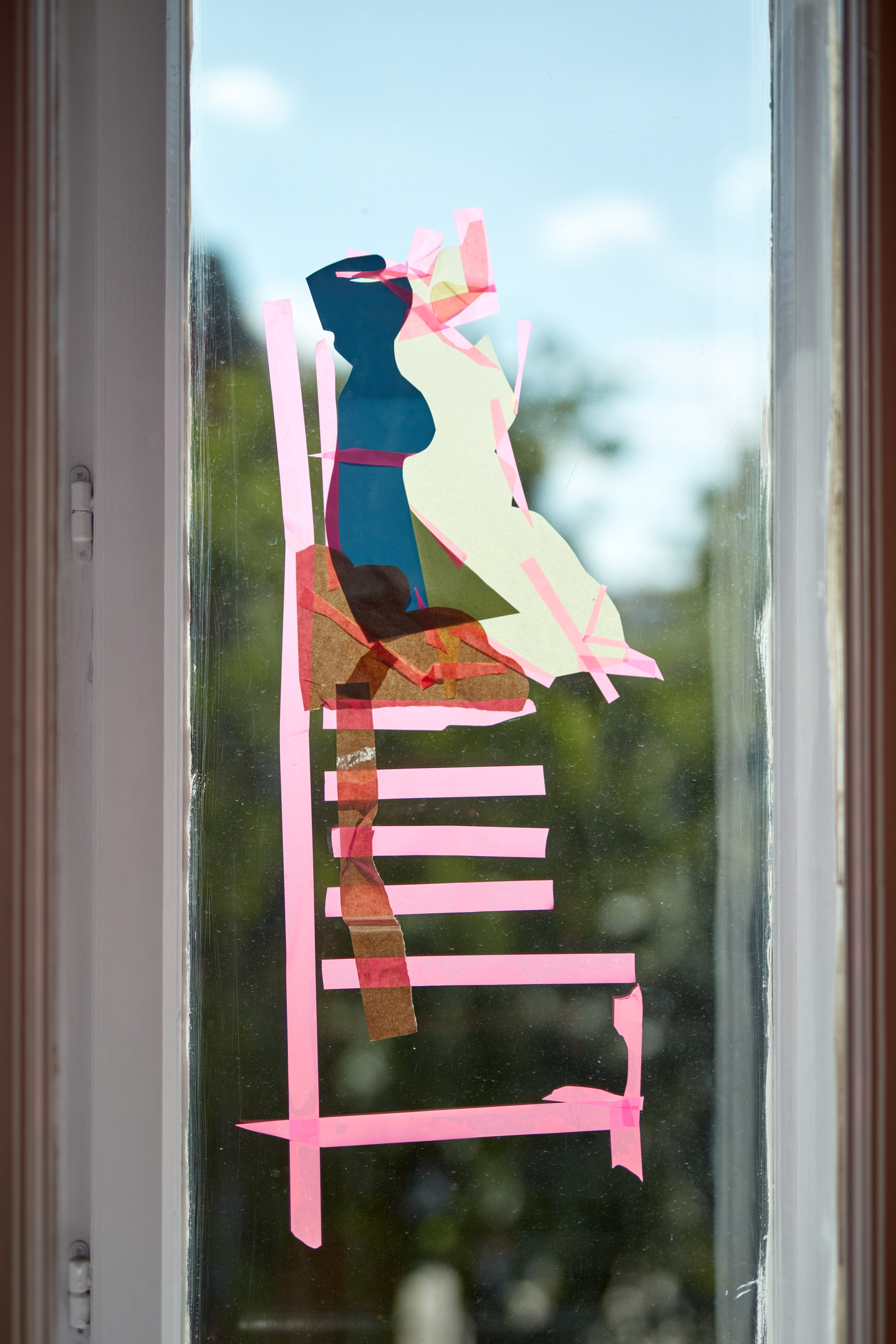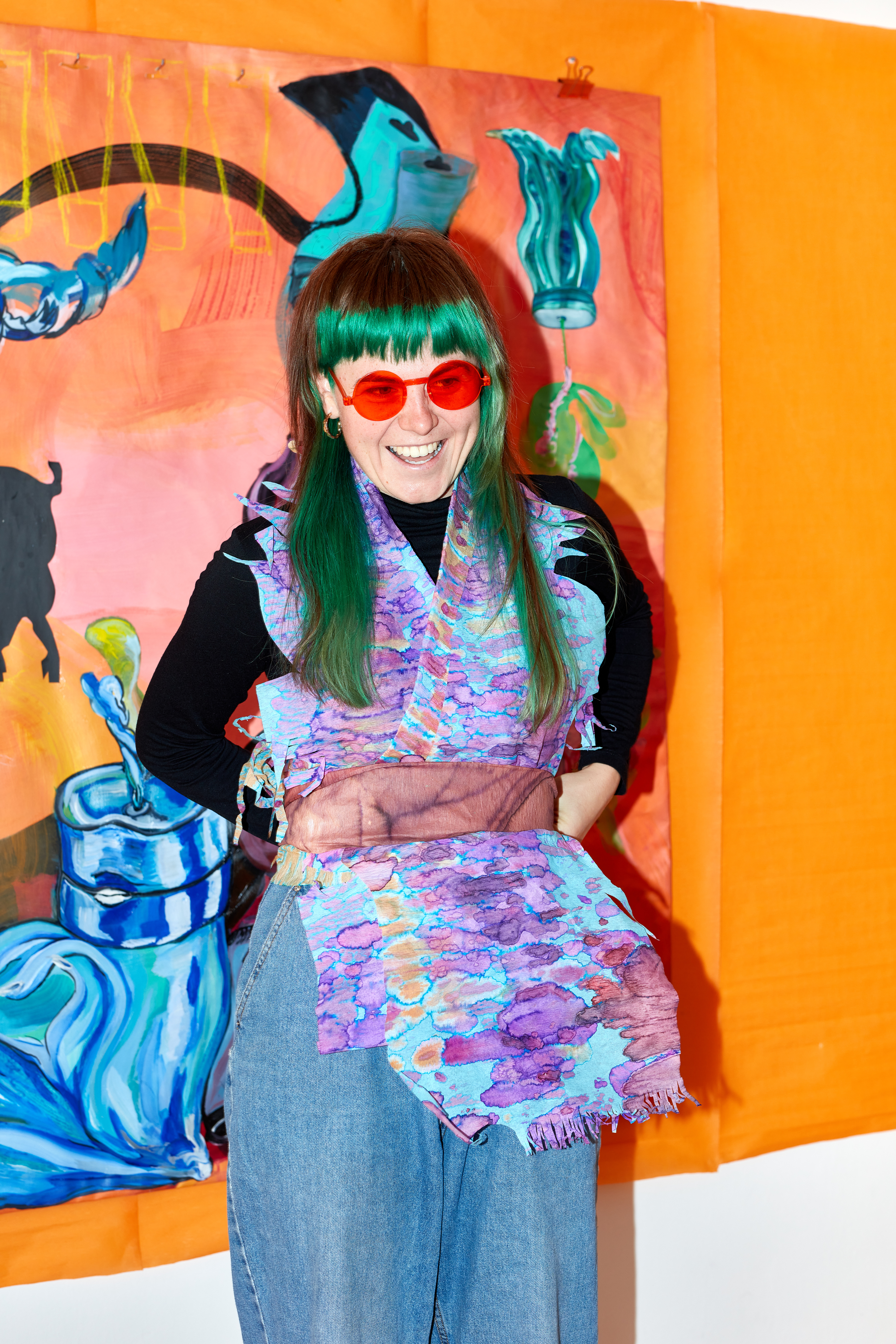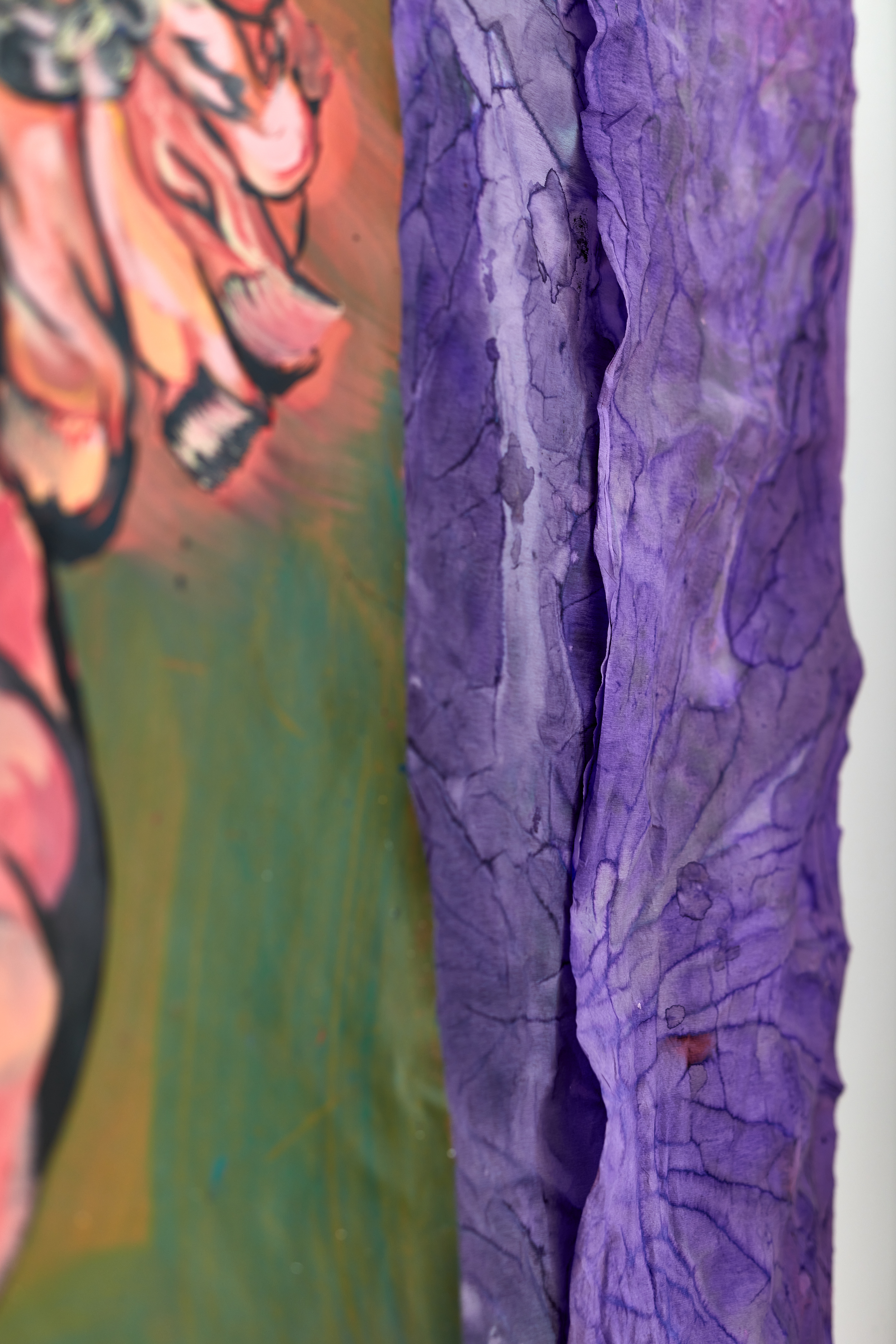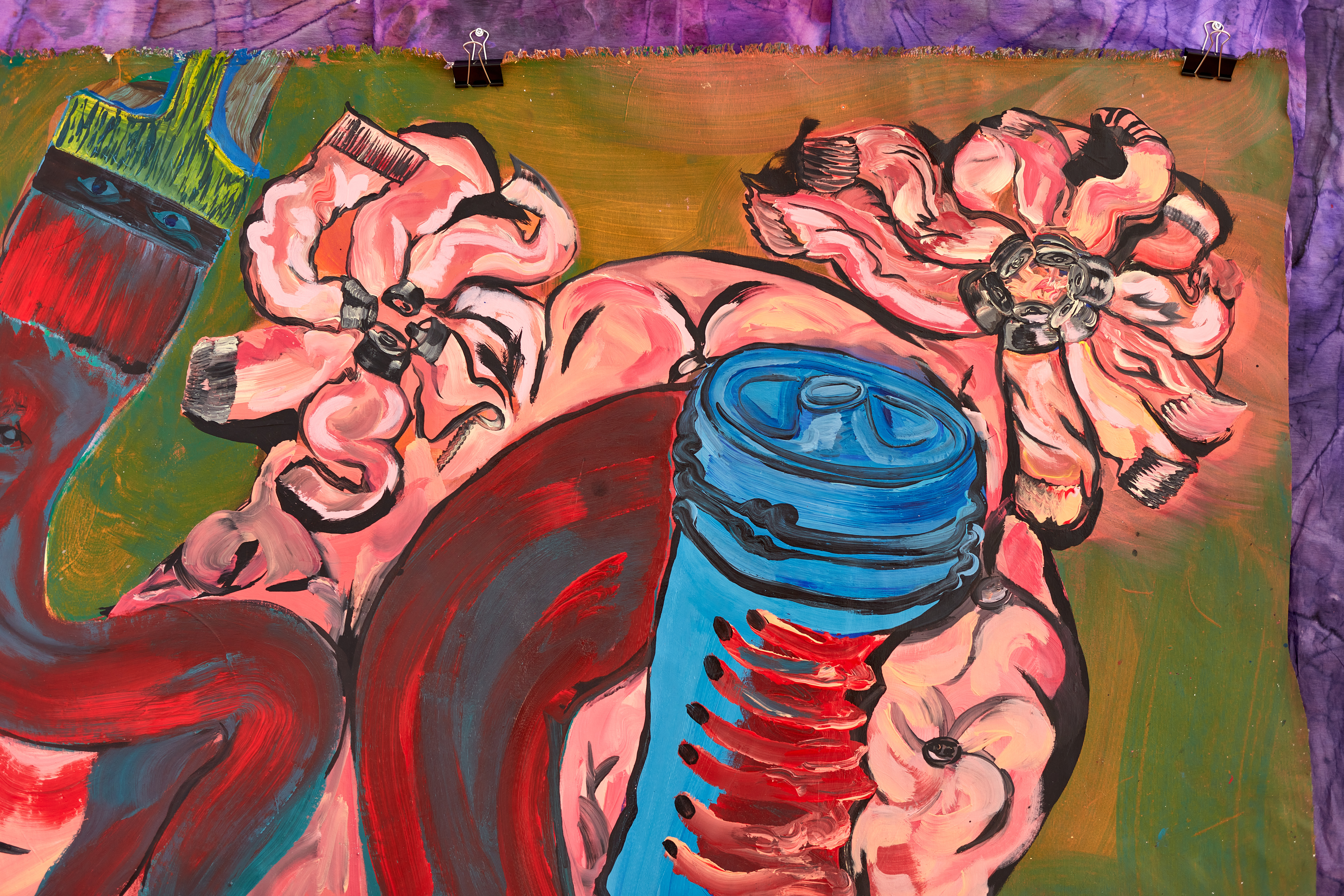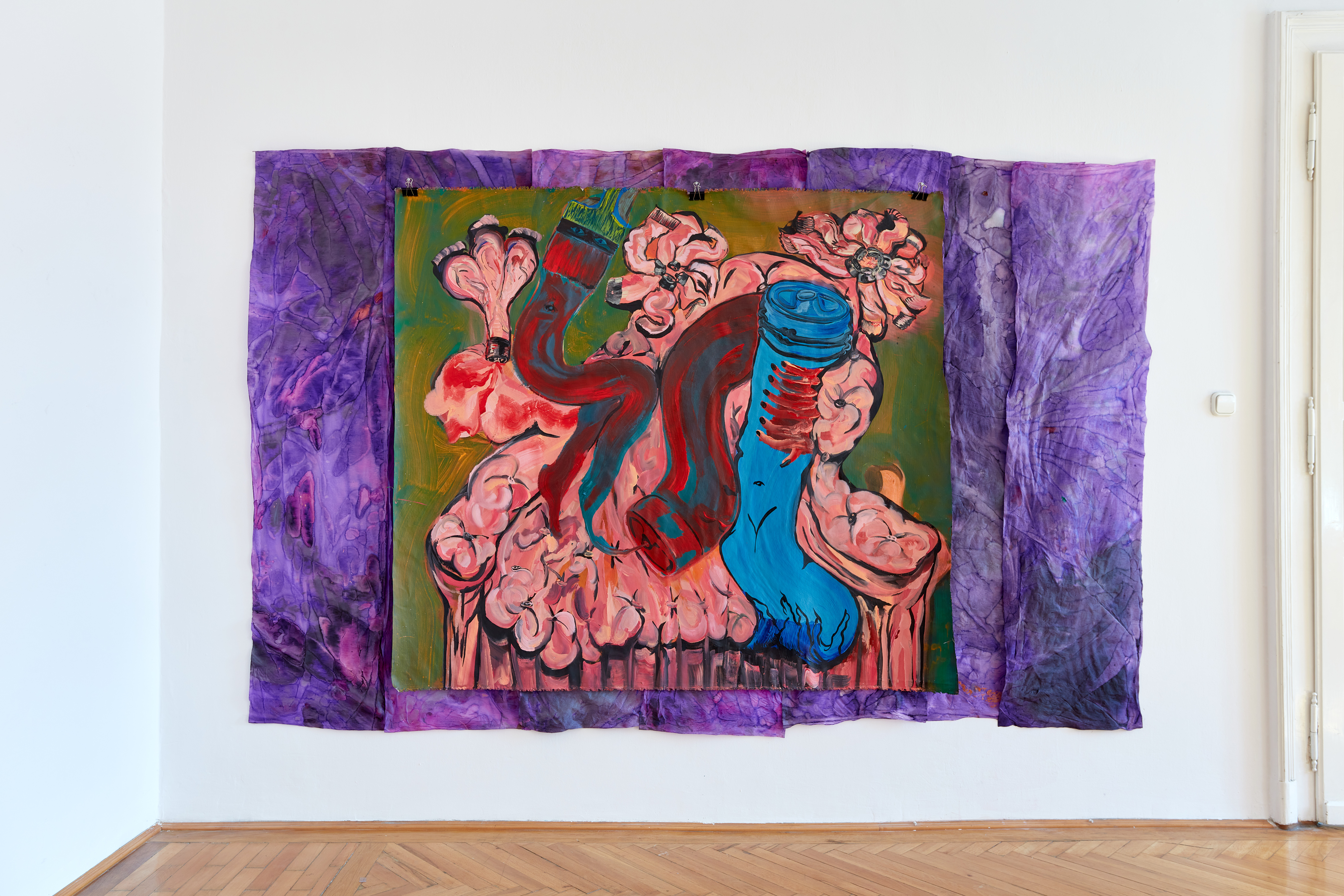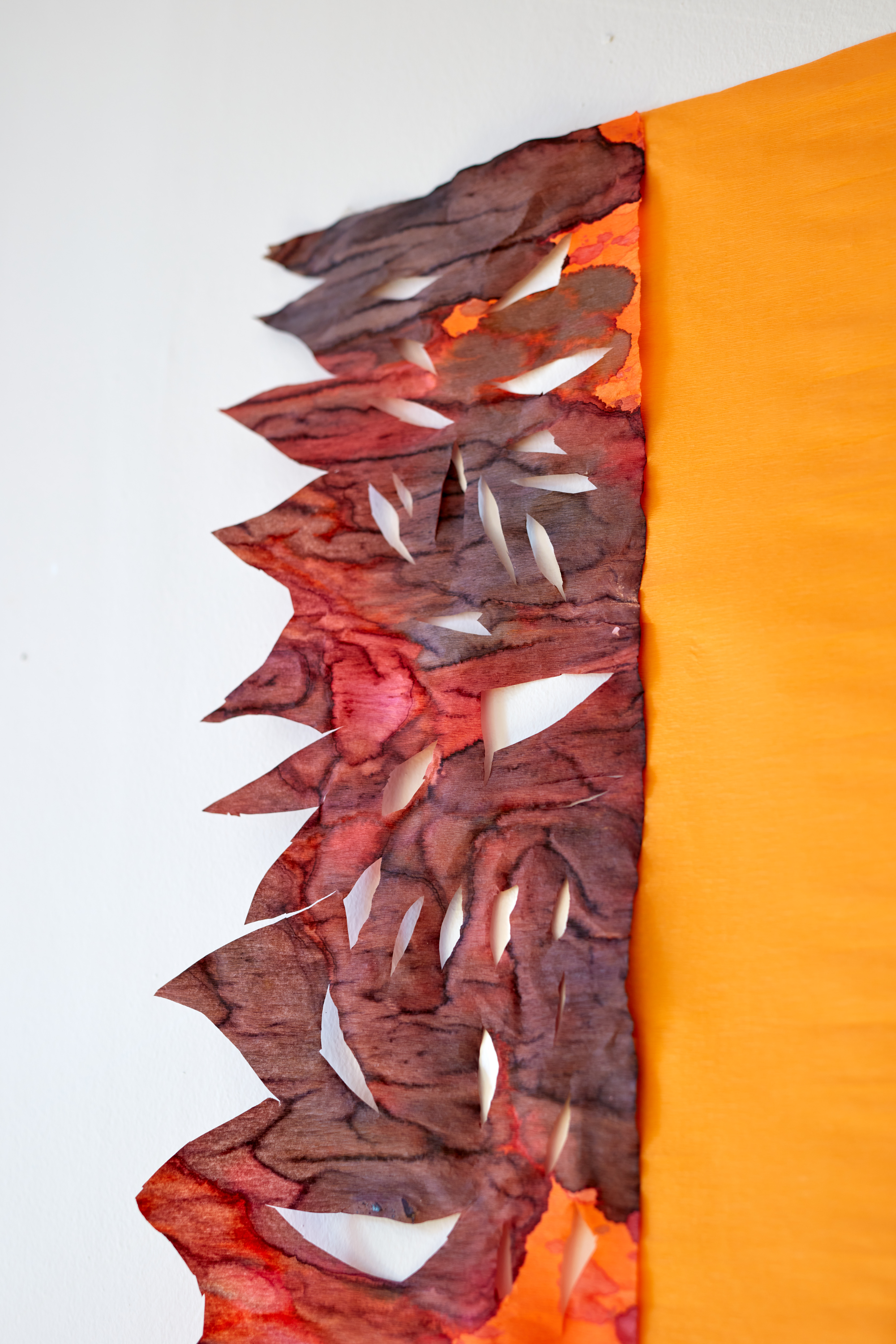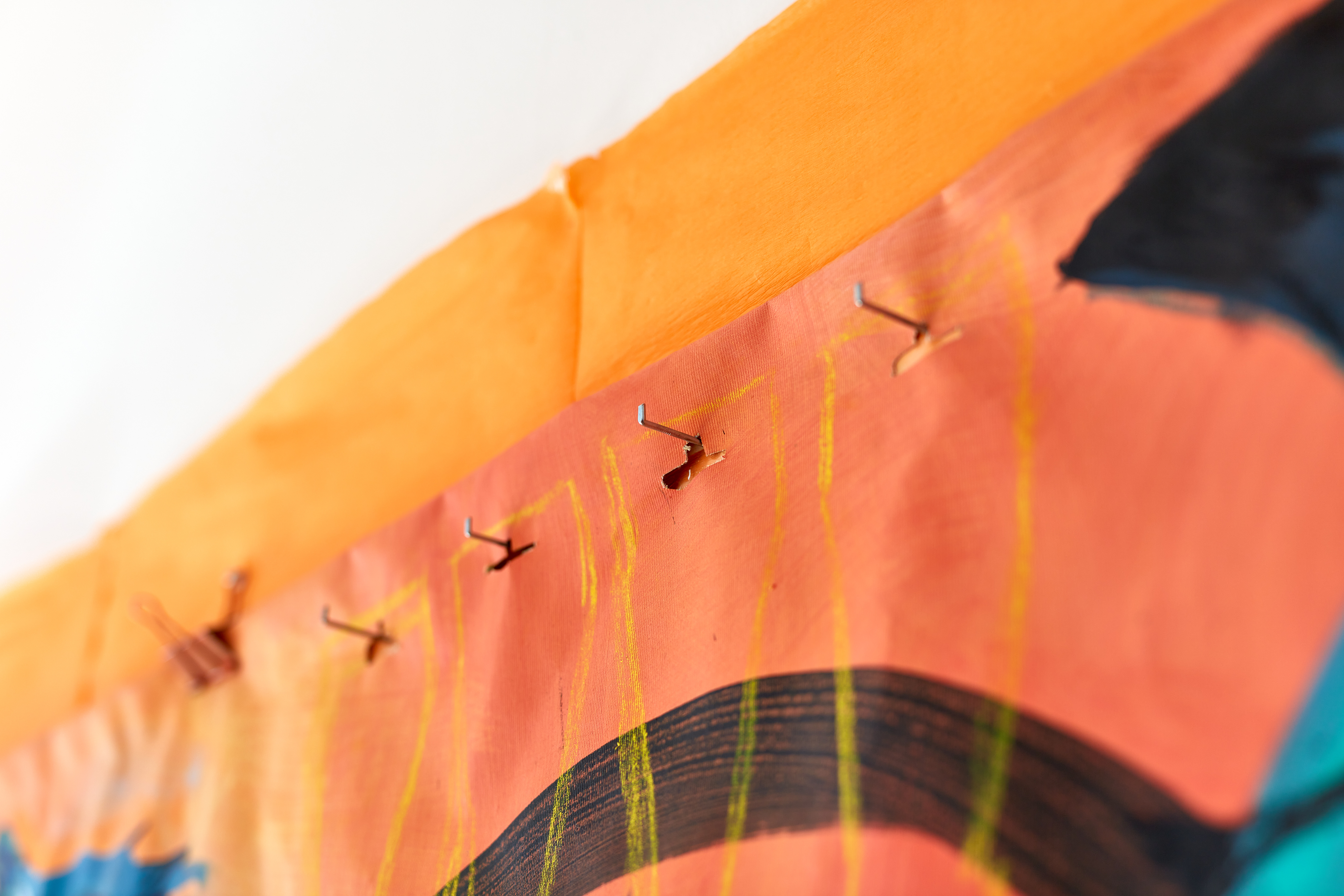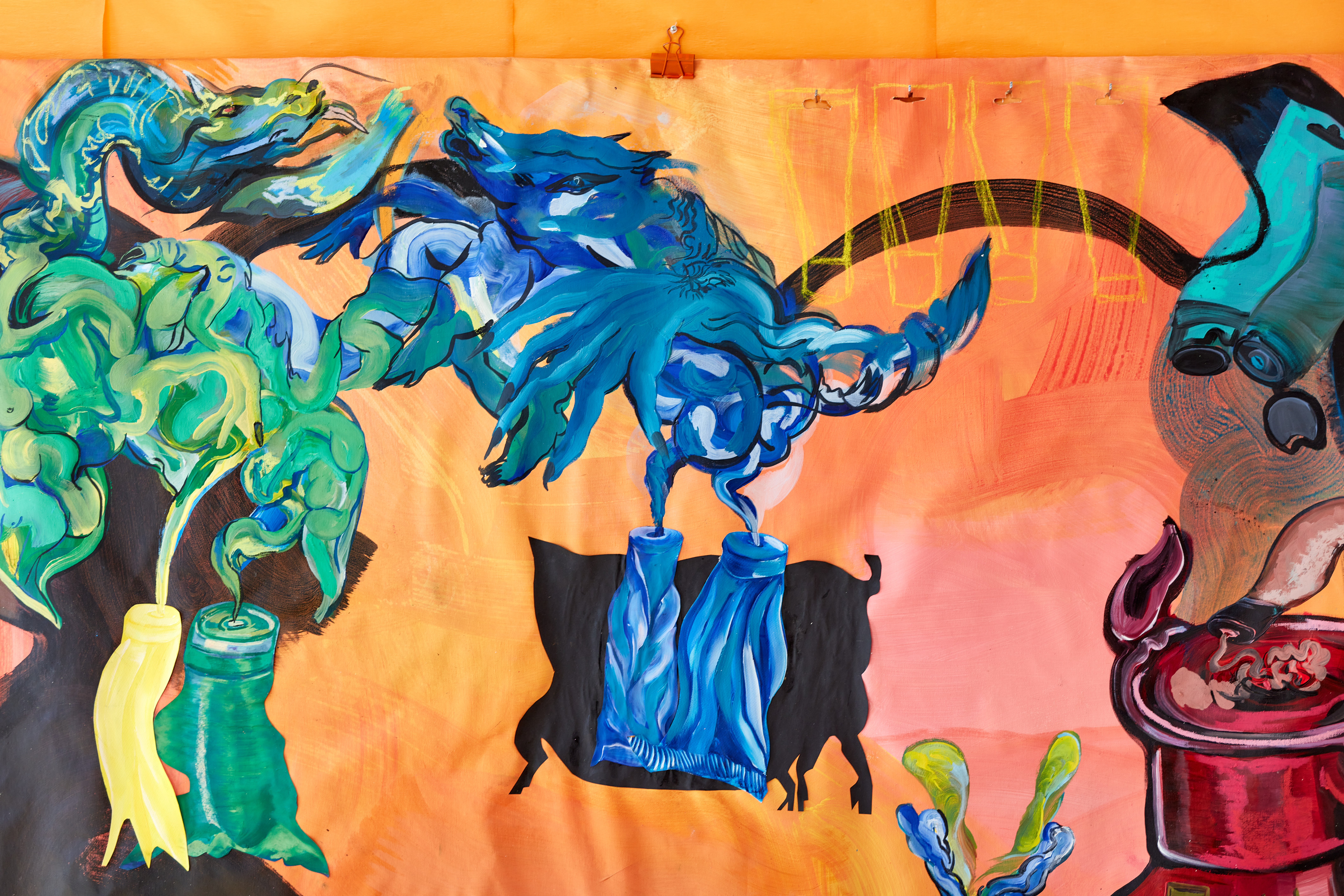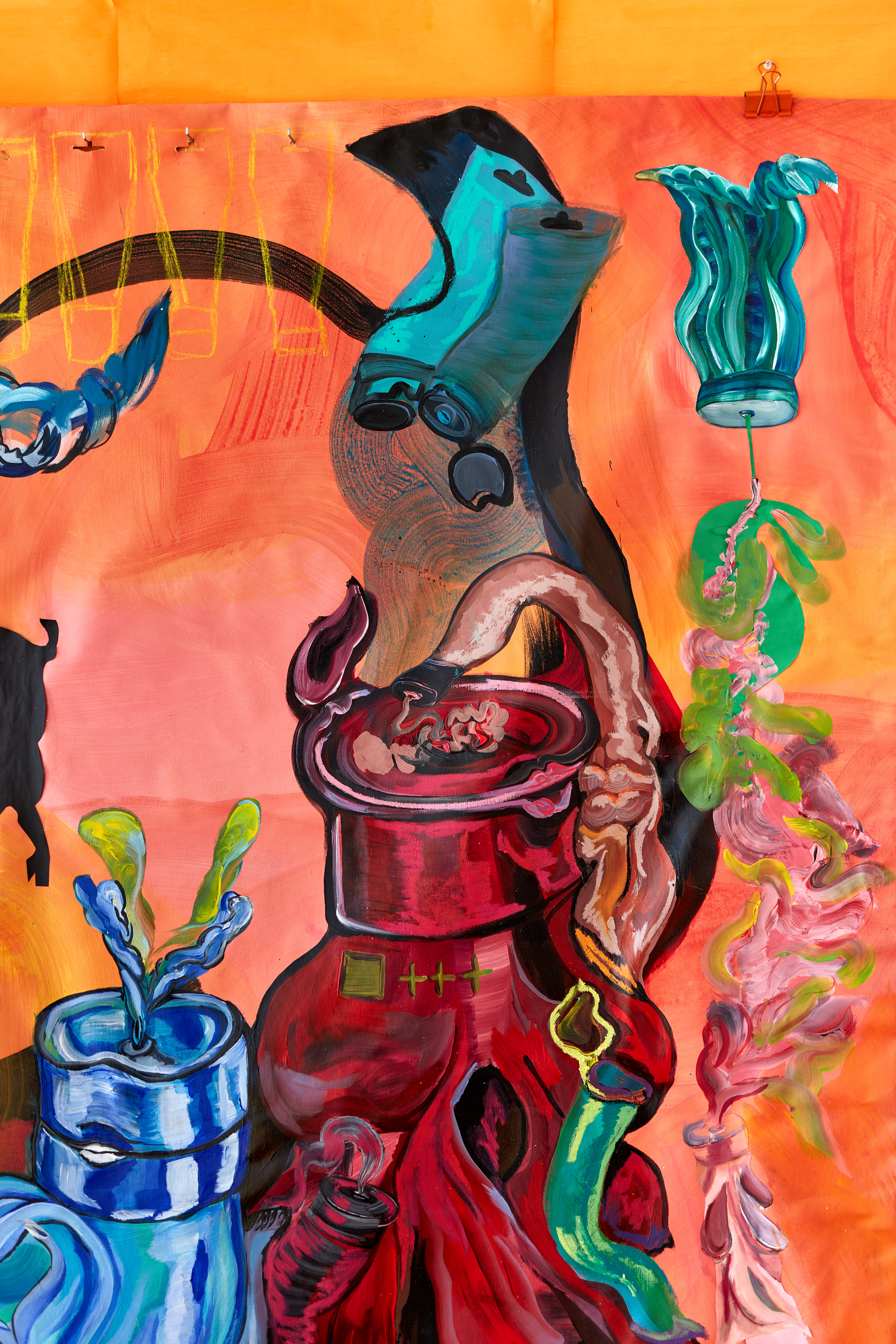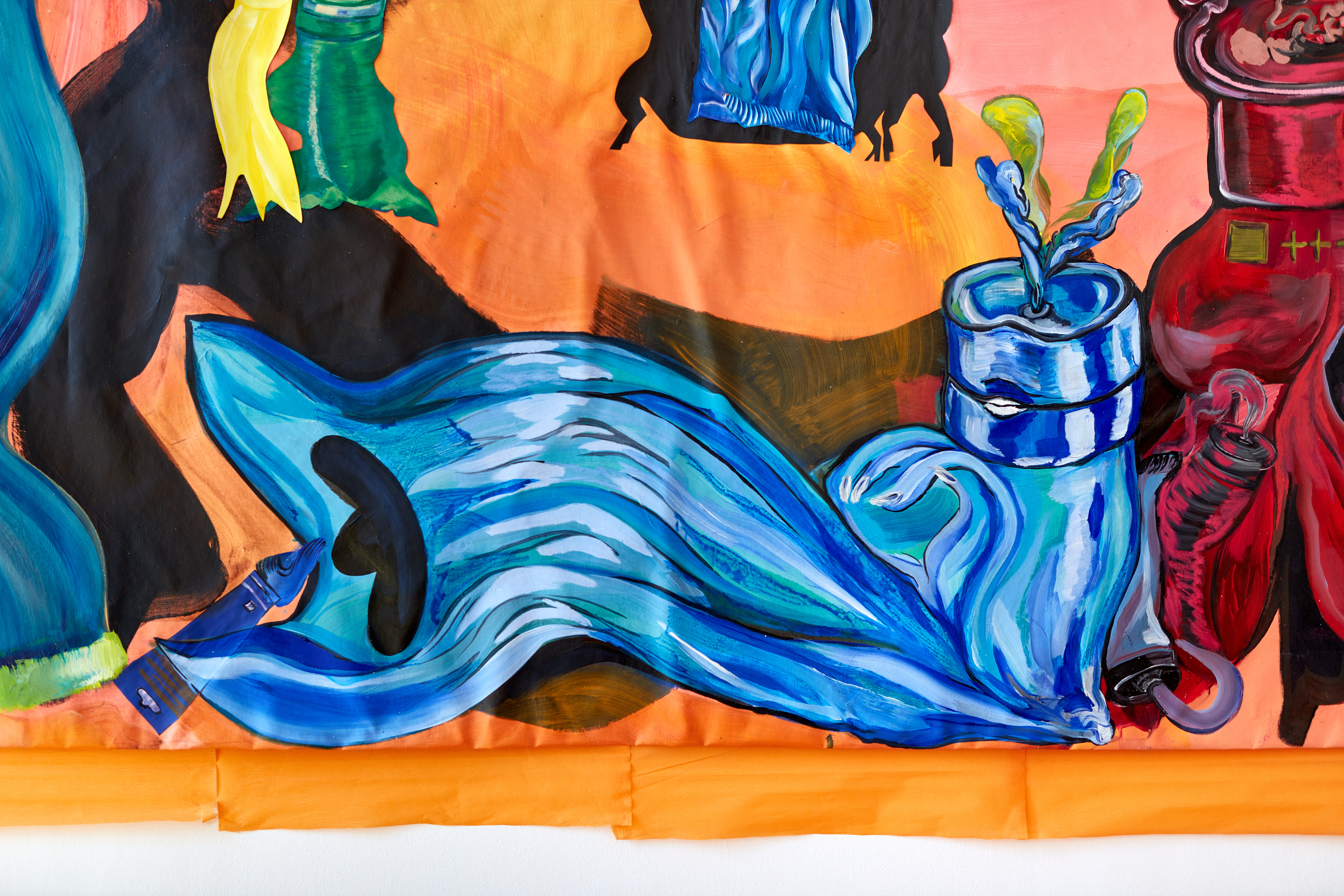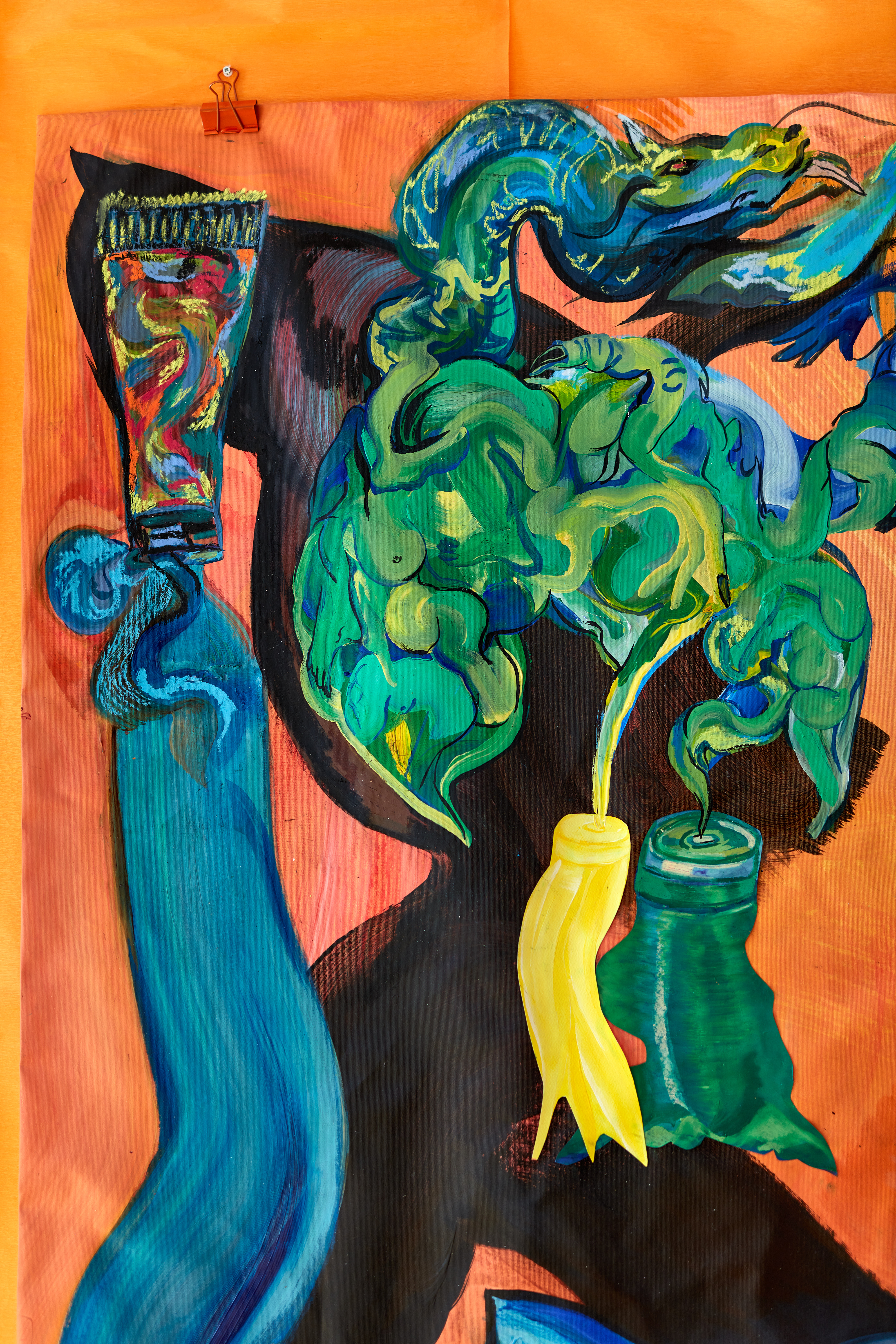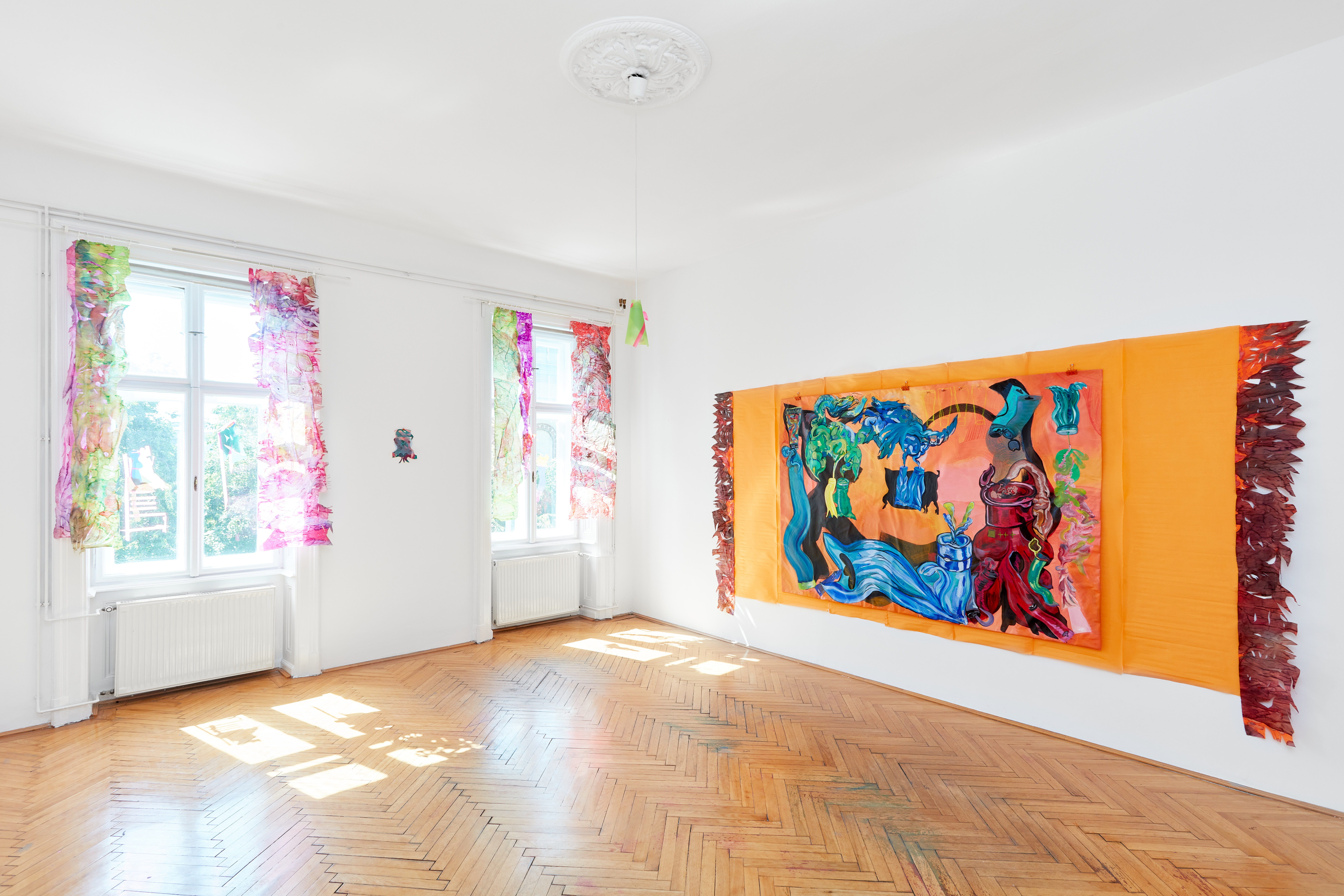
Tell us a bit about your artistic background. What influenced you to be creative and become a serious artist?
In my very classic childhood I have attended creative courses and it has always symbolized a safe space where it is possible to forget or alleviate all the difficulties I experienced. I would say that my relationship to creation, and then later on art, was born from or found through pain and healing. As a very emotional little girl, during the tumultuous divorce of parents and the arrival of my stepfather who I felt stole my mother from me, I needed something to focus on and it helped turn my mind off. If I knew meditation at that time or had another activity, such as a sport or a musical instrument, I might have done something different today, but we have found ourselves with art. Creation in general and now paint, water, brushes and mixing are my medium, my temple. I remember my grandmother recalling me that from an early age I declared that I would be an artist and that I would live a successful life connected to happiness, having a family, no fights, no infidelity, enough money, etc. It’s a little ridiculous. But what did it mean for me to be a professional artist? I think it started to make sense when I went to study art in high school and was influenced by people who showed me different paths and approaches to life, so diversity created the idea that everything I wanted to do was possible. Even though my parents are not at all from an artistic field or background, they always support the very simple idea which is to do something that makes you happy whatever it is. One of my aunts is a ceramicist with sensitivity, empathy, a sense of beauty and fragility, and she has always understood my fragile soul and supported in me the will I had. Seriousness came to life when I was at university and I saw “great artists” running around the world, organizing exhibitions, showing how important is to travel, to see, to read, to talk, to express… so I also became part of this art bubble, attended shows and organized some myself, which basically allowed me to deepen my knowledge and experience. It’s like a game where you have to pass each level. I went through these purely artistic levels of education without a break until my graduation this year. It was no longer about some safe space, nor too much about me, it was about concept, about art history, about something broader and universal. It is a responsibility. During my master’s degree which I completed at the Estonian Academy of Arts this year, I became more visible in the art circle, I was invited to exhibitions and experienced professional and financial interest in my work, which undoubtedly maximized the belief that what I do makes sense to someone, not just to myself. During the Master’s degree, I learned how to manage the position of “being a professional artist” and I realized that I no longer only dreamed about it, but that it was already happening.
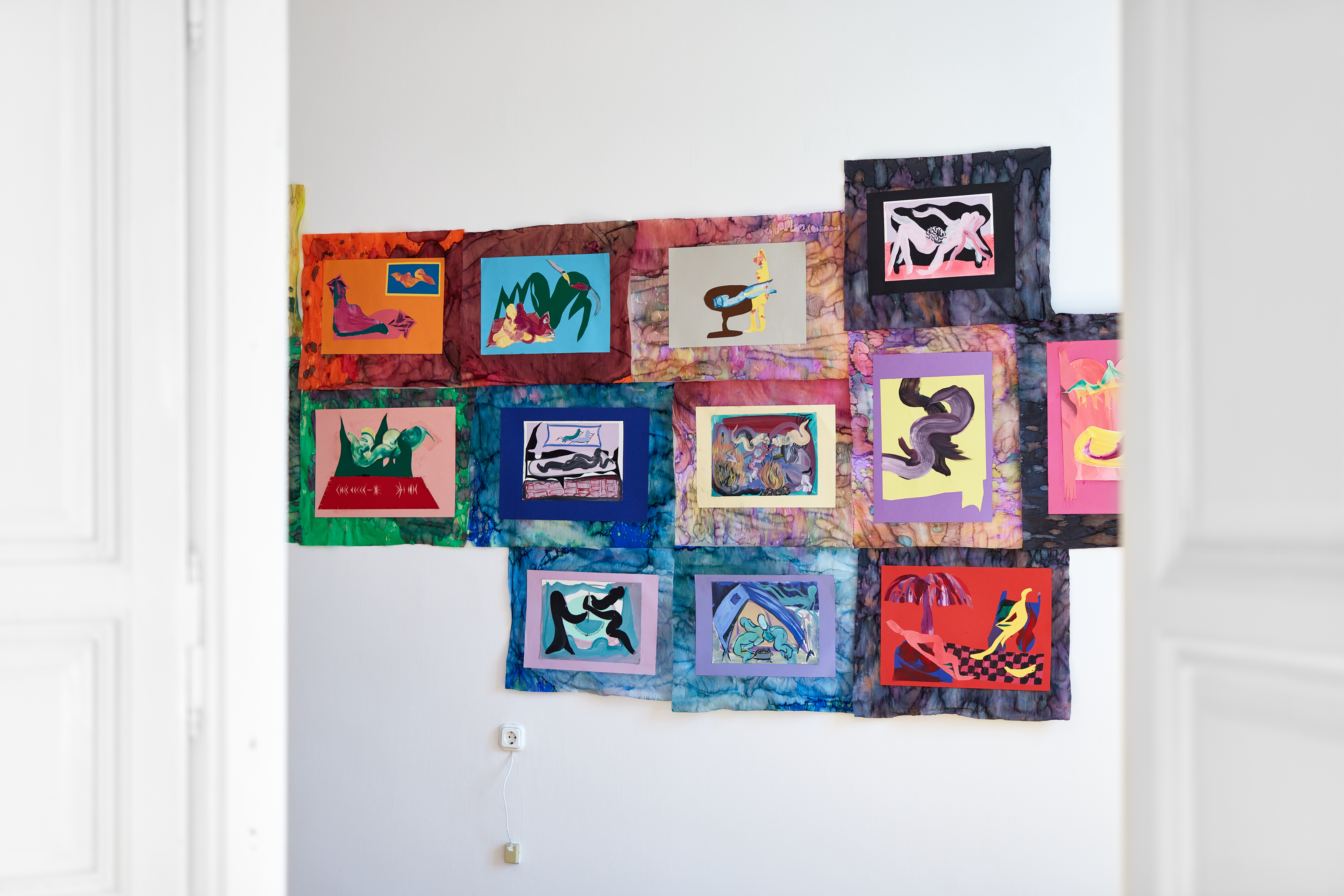
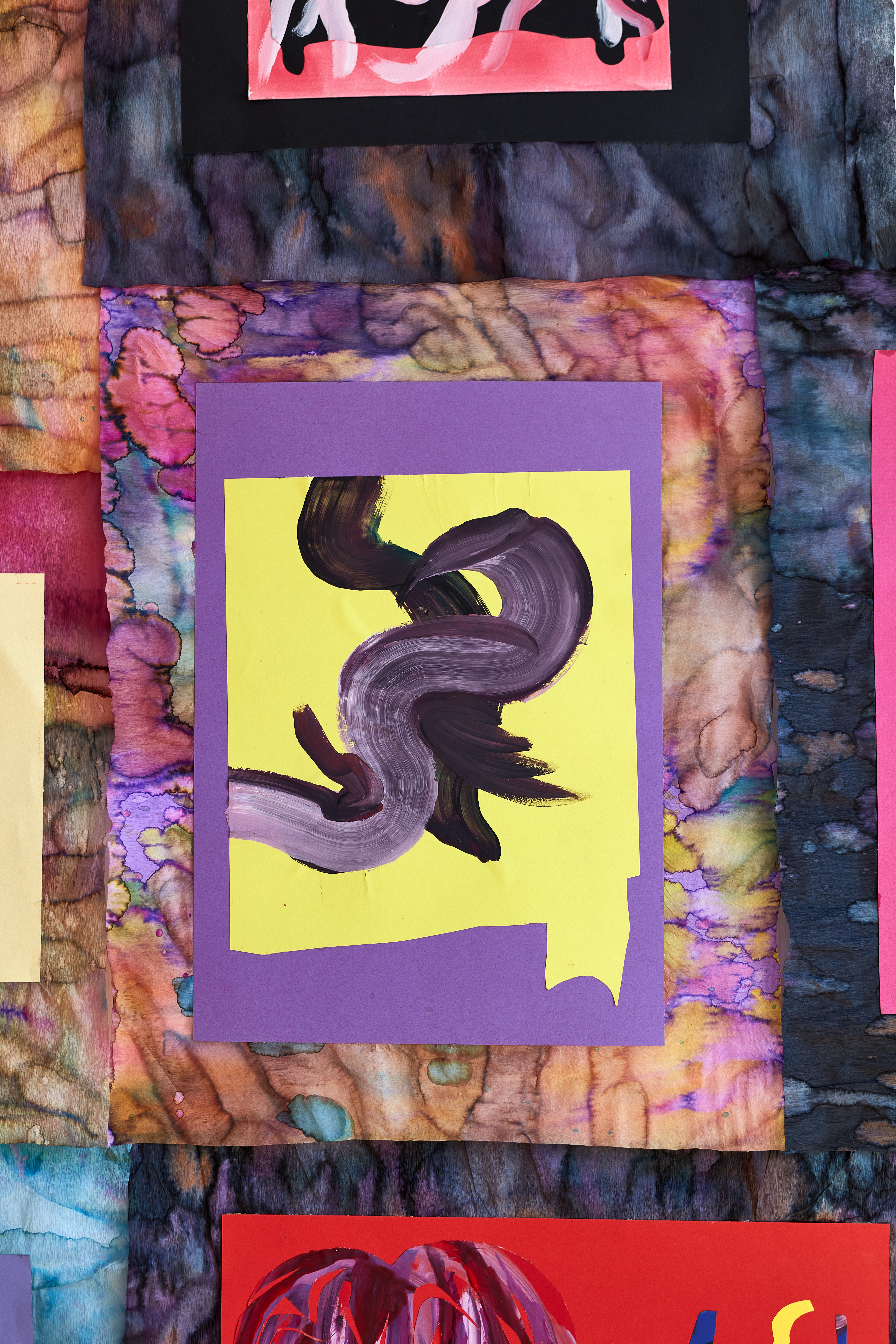
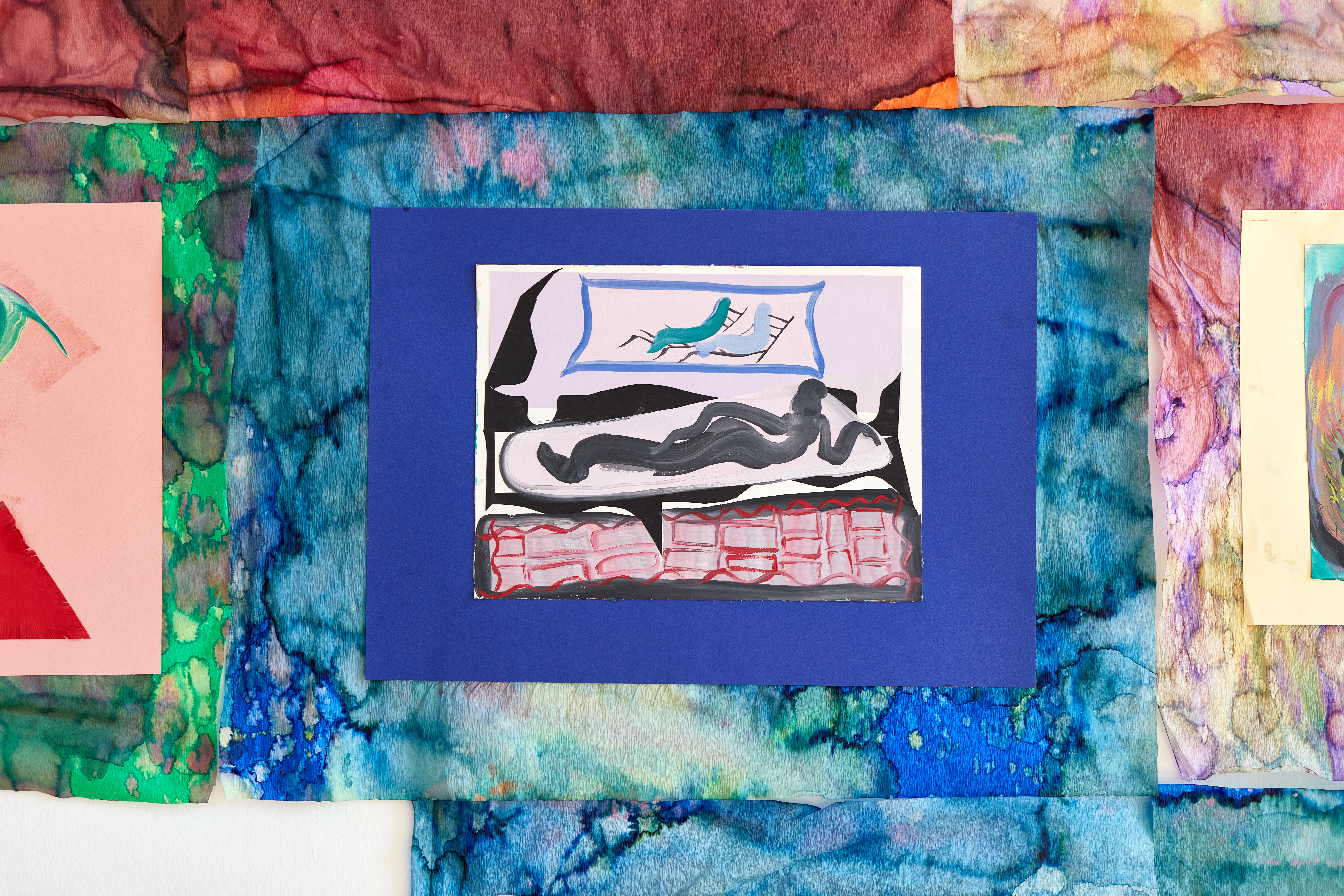
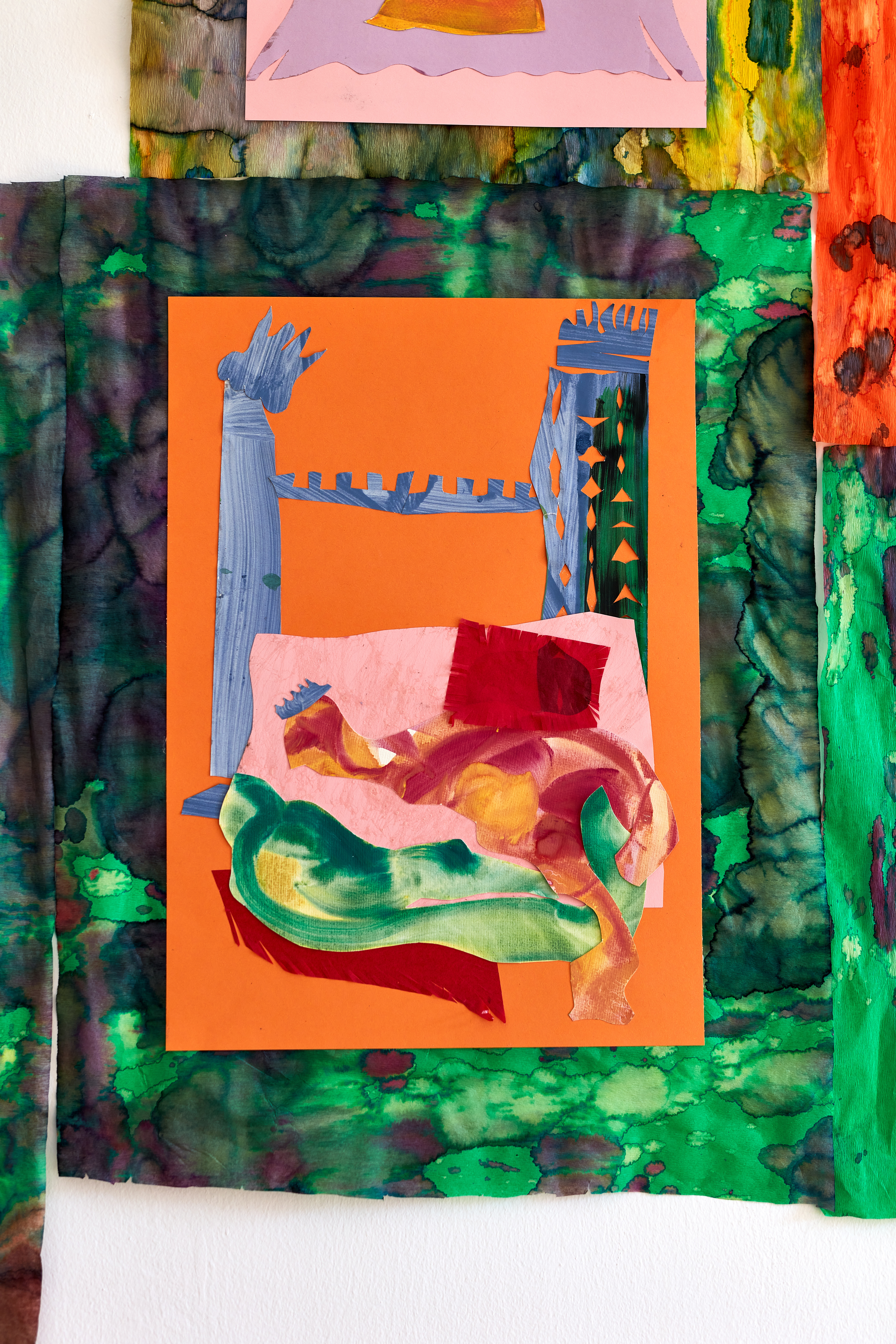
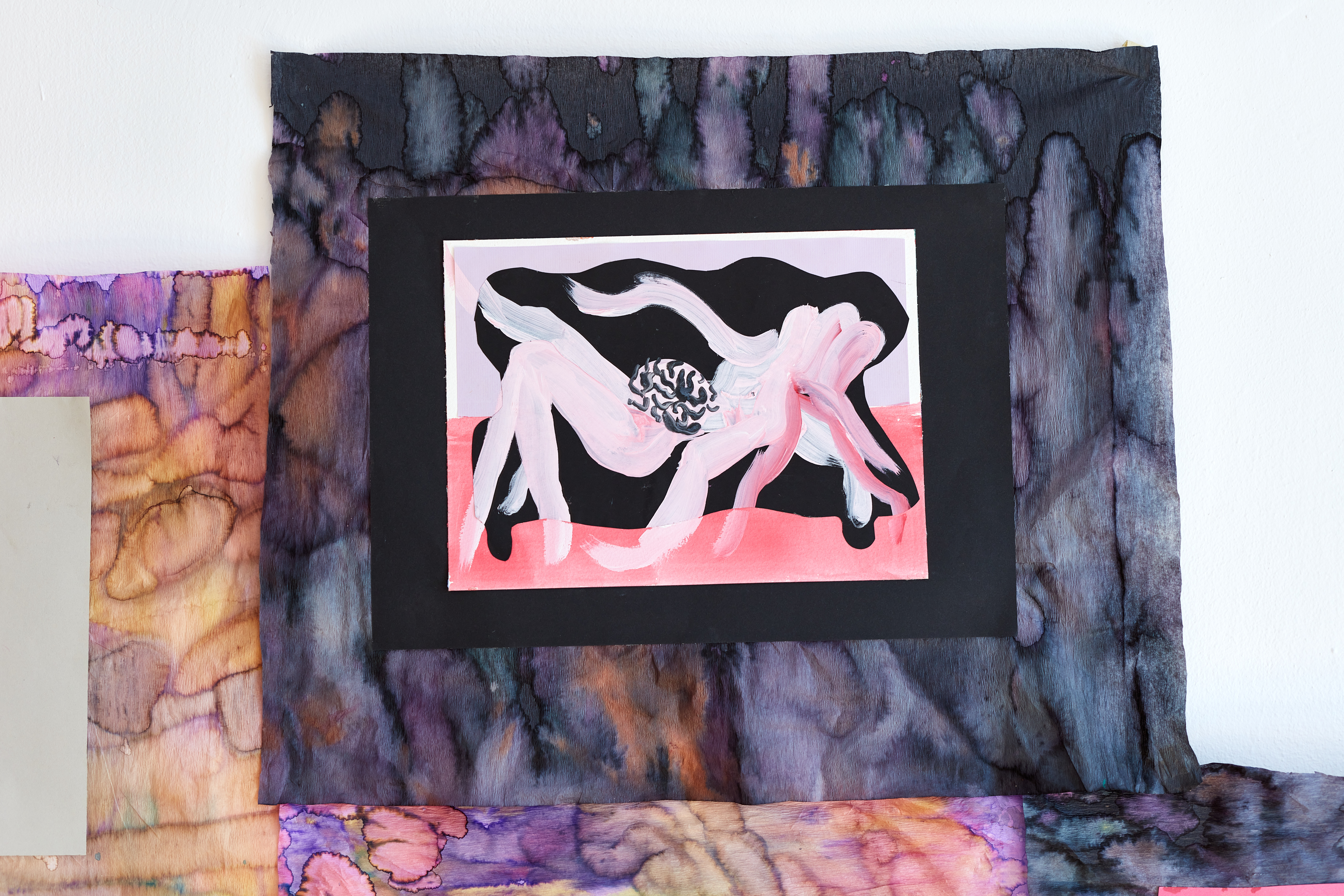
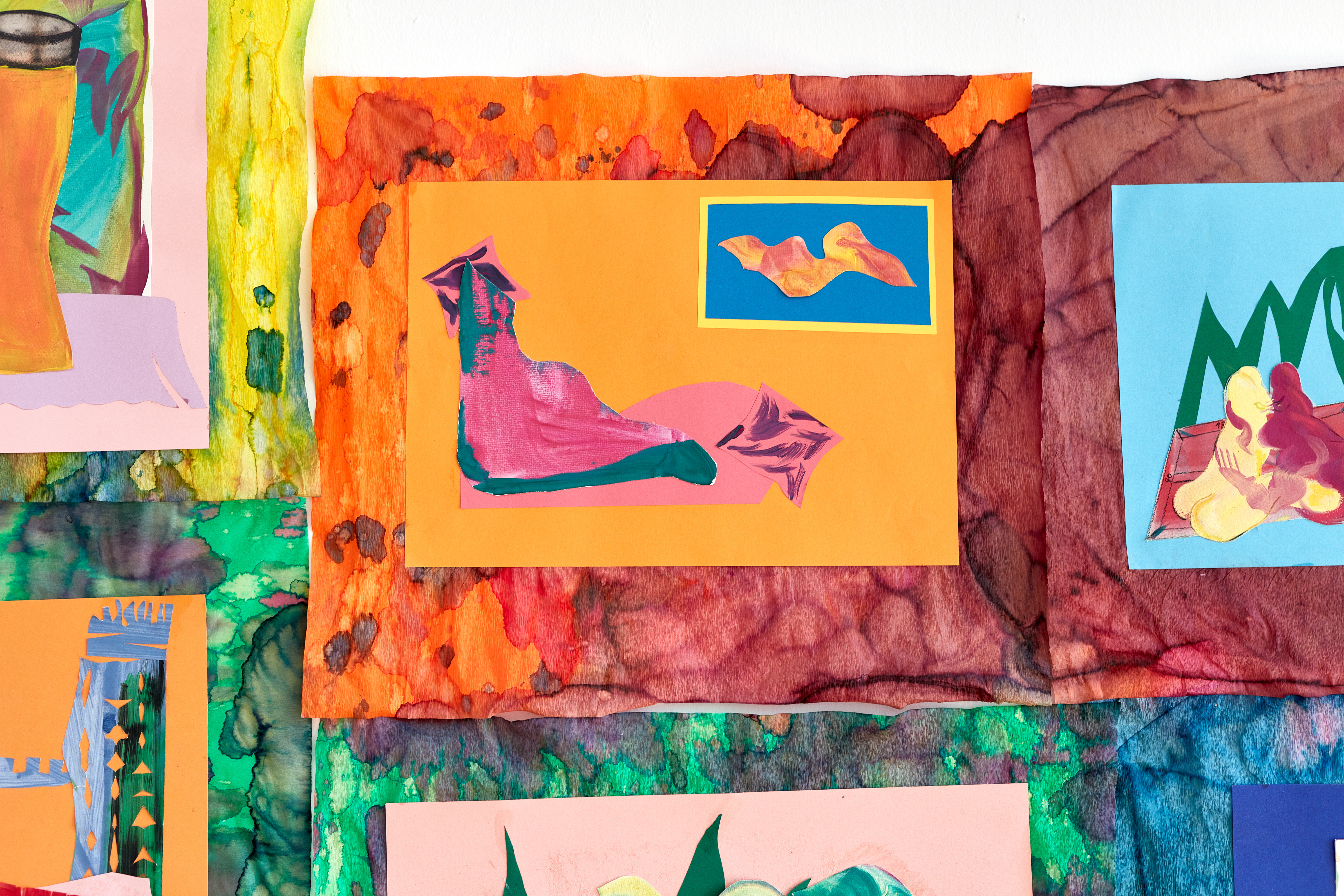
What is currently influencing your practice the most?
The greatest influence could be life and moments, which can only be seen or felt very rarely in their naked, humble form. I often find a state of grief very beautiful, mainly because I am closest to myself and capable of this humility, slowing down and feeling the world around me. In those moments I’m not superficial, but rather introverted. Something you remember or regret. Light between the leaves. Park. These are my impulses. Sitting on the bus and seeing people crying while looking to each other and saying goodbye to their loved ones … I know how they feel because I’ve experienced it, but now it’s me who observes it from a distance. Like love or friendship, reliance, I also experienced it. Everything stays in us, we remember and project it in our heads, we create such a small cinema for ourselves. The biggest influences for me are the realest, the most vivid ones and especially those that I can feel will move me. This feeling, moment, experience is always very straightforward, always based on a very strong impulsive feeling that pushes me in the middle of my chest and easily causes me to cry.
It is emotion, intuition and light.
The visual culture, which is all around, the content that I see on Instagram, very sharp, recognizable, dimensionally tiny and digital, plain, also has a great influence. I like to watch music videos that usually have a story, very strong visuals and costumes, messages…such as FKA twigs, Tommy Cash, Madonna, … I remember thinking and dreaming a few times that I would like to create an art music video, this something I would love to do !
Tell us about the process in your work!
So, as I have described, the work begins according to the impulse I choose or the impulse that chooses me. Since there are usually a lot of them, I need to have an imaginary decision-making net that will help me find out what topic, sentence or stimulus I want to analyse in more depth, and what interests me enough to think about it daily. To transform individual experiences into global ones. Usually it is not through theory or rational approach that I do find out what is interesting for me, but mostly through practice. So I go to the studio and put a lot of sheets of paper on the floor and start painting small formats very freely. I assign a keyword or sentence to each sketch I make, and I let it flow, without forcing anything. This is usually the time that I enjoy the most in the studio, because something flows every day from the news, from the conversations, from the meetings and is associatively reflected in the painting. Usually I develop variants, explore other approaches to a topic, I write notes, observations I make and this is how a new exhibition, painting, cycle, etc. comes to life. I am the type of person who thinks about everything at the same time, in a very branched and chaotic way. Sometimes it is hard for me to connect thoughts and the irritation I feel in this case makes me ask many questions.
Everything starts with a strong visual impulse, for example a catchy colour or a vibrant textile. I usually already have an idea of I want to try with it and so it happens. I compose the exhibition or the whole concept in a puzzle-like or collage-like way, from small fragments, objects, impulses. The way I paint a big picture is also very specific. I do not use preliminary sketches, I approach the painting as a naked material. Lately I started working on a preliminary elaboration of the composition and what I want to capture or to say, I became more focused rather than just throwing lot of paint away. In the current show, I started with a background that was abstract, relaxed, juicy orange-yellow-pink in an abstract interplay of colours, then mixed them with water in order to have a more fluid state… I never know in advance what the painting will look like, if I will cut it, or sew clothes out of it, let it sit on the couch or just finish it as a painting. It’s as if I’m trying all my weapons and then something is always found, revealed. This process fascinates me, and experience has taught me that sometimes the desire to paint over and over destroys the beautiful moment that arose in the picture and it is gone forever.
Do you have any unique rituals or habits in your studio?
It is hard to say if they are unique but I have some which are repeating. When I come to the new place I always write down on a sheet of paper some motivational sentences which I stick to the wall and have it as a reminder to not forget to believe, to accept failing, to be wild, different, myself, believe in my own opinions, not be afraid of what the other says, to work hard, to not think about success but about progress, etc. I always need to create some kind of “artist bible” to have some sort of rules that remind myself what is my aim, my goal, my dream, to not lose direction just because of a little confusion or because of doubts. I also always listen to music. I realized that I almost never paint in silence. I thought I should try once, maybe something will out of it, but at the same time, music helps me to switch off the rational part and let work the intuitive and emotional act of being, painting. I also dance in the studio. No one can see it, I am very shy. The Master’s studio of painting at the Estonian Academy of Arts have a huge studio where I was dancing all around, running and it brings me so many endorphins which support, strength and deepen all my will and belief. These are the moments when I fall in love with my work and feel grateful and blessed to be able to feel it. I also try to have a clean studio or spot where I work, at least when I start to paint a new piece. At the beginning it has to be clean around. It means books in one place, colours in a row next to each other, I clean the brushes from acrylic paint almost every day after work. But I don’t think these rituals are specific to my practice.
What does your work aim to say?
The exhibition in Easttopics entitled “Remind me what it means to feel alive” was born mainly from the last, longest, most loving, most painful, saddest and unfaithful relationship I had. I realized that I wished for some kind of reminder, a bucket of cold water which will wake me up from my idiocy to really tell me: “DENISA WAKE UP, DONT DO THIS! LOVE OR LEAVE.” Mainly because of my hesitation and inability to decide which partner I want to love or to be with I lost someone I didn’t even realize before how much I was happy to live next to. My work aims to remind people of their current happiness, because sometimes we take something that we presently have for granted, we become stereotypical, static, boring and wish to spice up our life. This usually happens with the kinder-surprise of infidelity that makes us feel alive with somehow who we don’t know, and who we are attracted to in a chemical way, but usually just for a moment. Like magic. I was thinking about a reminder in a sense that we can be alive in our own long term relationship without running for superficial happiness or aliveness. Remembering stories from fables, I used colours as the main elements to symbolize human behaviour.
What music is currently on repeat in your studio?
Cold Heart (PNAU Remix) by Elton John and Dua Lipa, Daft Punk, Doja Cat, FKA twigs, Four tet, Jamie xx, Kendrick Lamar, Madonna, Mylène Farmer, Nick Cave, Ralph Kaminski, Travis Scott, Tyler, The Creator, Cardi B.
How do materials influence your work?
VIBRATING COLOURS.
Silk, velvet, fur, plant shapes, ginger, eggplant, sky where the sun shines, light on the leaves, forest, smooth skin, colour that is placed in the shop on the shelf and transforms into erotic and sensual material in the studio. Colours are everywhere, just as each material has its own specific colour that affects emotions and then the way I paint. Materials, their colour and shapes affect the movement of my hand, how sensually I hold the brush, at what pace I paint, the thickness of layers and how bright, dark, sad, happy, thick, light, transparent they appear.
What memorable responses have you had to your work?
That I have a promising future and the other one (also very extreme and standing on the opposite side) that I don’t know how to paint. The one response that is repeating is that I have a good sense for colours.
What role does the artist have in society?
Hard to say. To be the eye. To be the one who sees, who cares, who dares, who shows, who translates, who captures, who provokes, who highlights, who wishes, who hopes, who believes, who has a sense of empathy, fragility, equality, humanity.
Who dares, to talk about things the others do not.
Who shows the things the others can’t see.
Who translates something that can’t be said by words.
Who is/are your biggest inspiration?
Mostly my romantic relationships and my perspective on them, as well as the differences between each relationship I have had and my partners. My family too, because they work in non-art related fields so their attitude to life, their interests and opinions are rather different. This contrast or contradiction is influencing the way I look at my work, my life, it helps me to make a selection of what I want. People around who experience love, sex, friendship, kindness, violence and are able to talk about it with me. Basically daily things.
What work do you most enjoy doing?
The time I love the most is the beginning, before I “really” start to paint, and when I am just freely letting my hands warm up. Painting sketches out of my head or just experimenting by cutting into the paper. The final touch is also very pleasing – you know the painting is close to being finished but it is still missing something for which I have to prepare myself not to rush, and not to ruin it. It is a tense moment, full of adrenaline. It’s rather a yes or no, life or death. I also like to paint the background. I very much enjoy hours of sewing, making clothes or dressing myself weird, being a live performative sculpture, or just painting over my face and body and taking weird pictures. Videos are a medium I have fun with, especially in working with other people, telling them your idea and seeing it come to life from a distance.
What jobs did you have, other than being an artist?
One of my first jobs when I was teenager (16) was to clean dust and floors after reconstruction in the company of my friend’s father who was very kind and generous to us, so it could be very naive to think that every boss would be like that. Then I worked in Kaufland as the lady in the funny uniform with a red hat selling salamis, hams, olives and salads and when people wanted 150 grams, asking if 18 grams is okay. That was a time when my dreams were about codes for each kind of ham.
After my first Erasmus in North Bilbao I also tried to be an au pair in the south of Spain in Almeria and mistakenly thought how easy it might be because I have three younger siblings. However, the two Spanish girls from a rich family were difficult to handle because of the language and also because their mother was working most part of the day. This being one of my first experiences of living abroad, I missed home too. I also did in cool hipster coffee as a chef when I got in just because I liked to cook at that time, but I lied about my baking skills so they almost fired me. Thanks to my persistence, the guy who was managing the kitchen saved me and I continued to work there. I also helped to create decoration for one drum and bass festival in Ostrava, I worked in a private art school as a tutor and lecturer, as well as in a gallery doing educational programmes for children and teenagers. I got into a Vietnamese family bistro only by asking if I could eat a dish in exchange of a painting I would make of it, so learnt how to make spring rolls, and saw the whole pho bo process. Lately I tried to find jobs which would enrich me in some way, like theatre, so I started to work in the main city theatre of Brno in exchange for a discount on entry tickets. I worked there as a cashier and a cloakroom lady. Presently, I am giving drawing and painting private classes, and also prepared students to integrate high schools.

